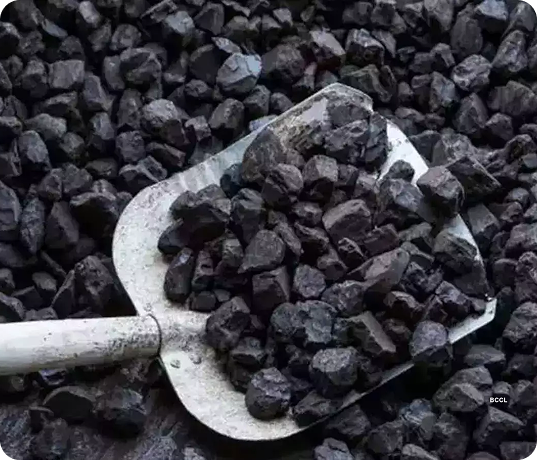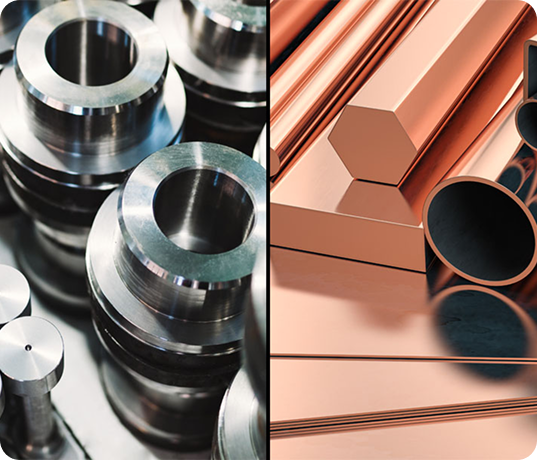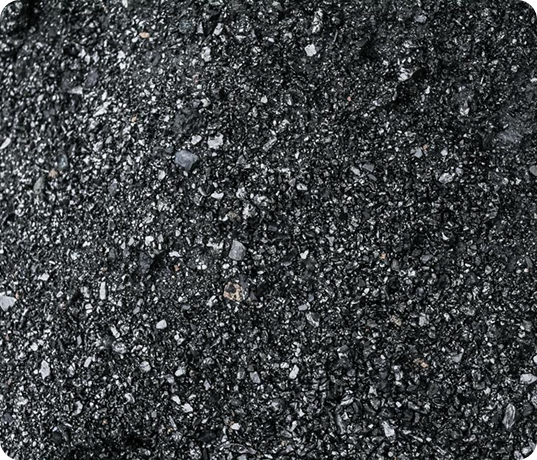
Types of Coal We Supply
1. Economical
logistics options
2. Suitable for boilers with flexible
combustion requirements
1. High-efficiency
thermal fuel
2. Ideal for premium industrial
operations
3. Clean burn with low ash content
1. Affordable fuel
source for large-scale users
2. Used extensively in Indian and
Chinese
utility boilers
3. Blended for cost and performance
optimization
1.Rich in energy
content
2.Alternative to petroleum coke
3.Helps bridge supply gaps in
high-demand
markets
Key Technical Terms & Indicators of Coal
The total amount of heat released during complete combustion of coal. Measured in kcal/kg or BTU/lb.
Indicates the percentage of pure carbon in coal that burns after volatile matter is driven off. Reflects combustion efficiency.
Affects heating value, shipping weight, and combustion stability.
Chemical composition: Carbon (C), Hydrogen (H), Sulphur (S), Nitrogen (N), Oxygen (O). Helps assess combustion properties and emissions.
GCV minus the latent heat of vaporization of moisture. A more realistic value for industrial use.
Combustible gases released when coal is heated. Affects ease of ignition and burn characteristics.
Measures how easily coal can be pulverized. Higher values indicate softer, easier-to- grind coal.

We deal in a wide variety of quality metals essential for various industrial and manufacturing processes. Our global sourcing ensures competitive prices and reliable supply.
1. Mild Steel
Scrap
2. Cast Iron Scrap
3. Carbon Steel Scrap
4. Shredded Steel Scrap (HMS 1 & 2)
1. Aluminum Scrap
(UBC, Taint Tabor, etc.)
2. Copper Scrap (Millberry, Birch/Cliff,
Candy)
3. Brass Scrap (Honey, Ocean, etc.)
4. Zinc Scrap and Ingots
5. Lead Ingots & Scrap
Key Technical Terms for Ferrous & Non Ferrous Metal
Common types of steel scrap classified under ISRI standards.
Indicates whether the scrap is compressed for shipping.
Standardized scrap metal grading codes set by the Institute of Scrap Recycling Industries.

Petroleum Coke (Petcoke) is a by-product of oil refining and serves as a cost-effective, high-carbon fuel alternative for various industries.
1. High Sulphur
Petcoke is widely used in cement kilns,
power generation plants and lime
manufacturing especially in countries
where sulfur emissions are controlled
using advanced technologies.
2. Low Sulphur Petcoke is preferred in
regions with strict environmental
regulations and is used in industries
requiring cleaner combustion, such as
certain metallurgical processes.
Calcined Petcoke is produced by heating raw green petcoke to extremely high temperatures (over 1,200°C) to remove volatile matter. This process results in a highly pure form of carbon with improved structural integrity, electrical conductivity and thermal resistance.




 Reach Us
Reach Us